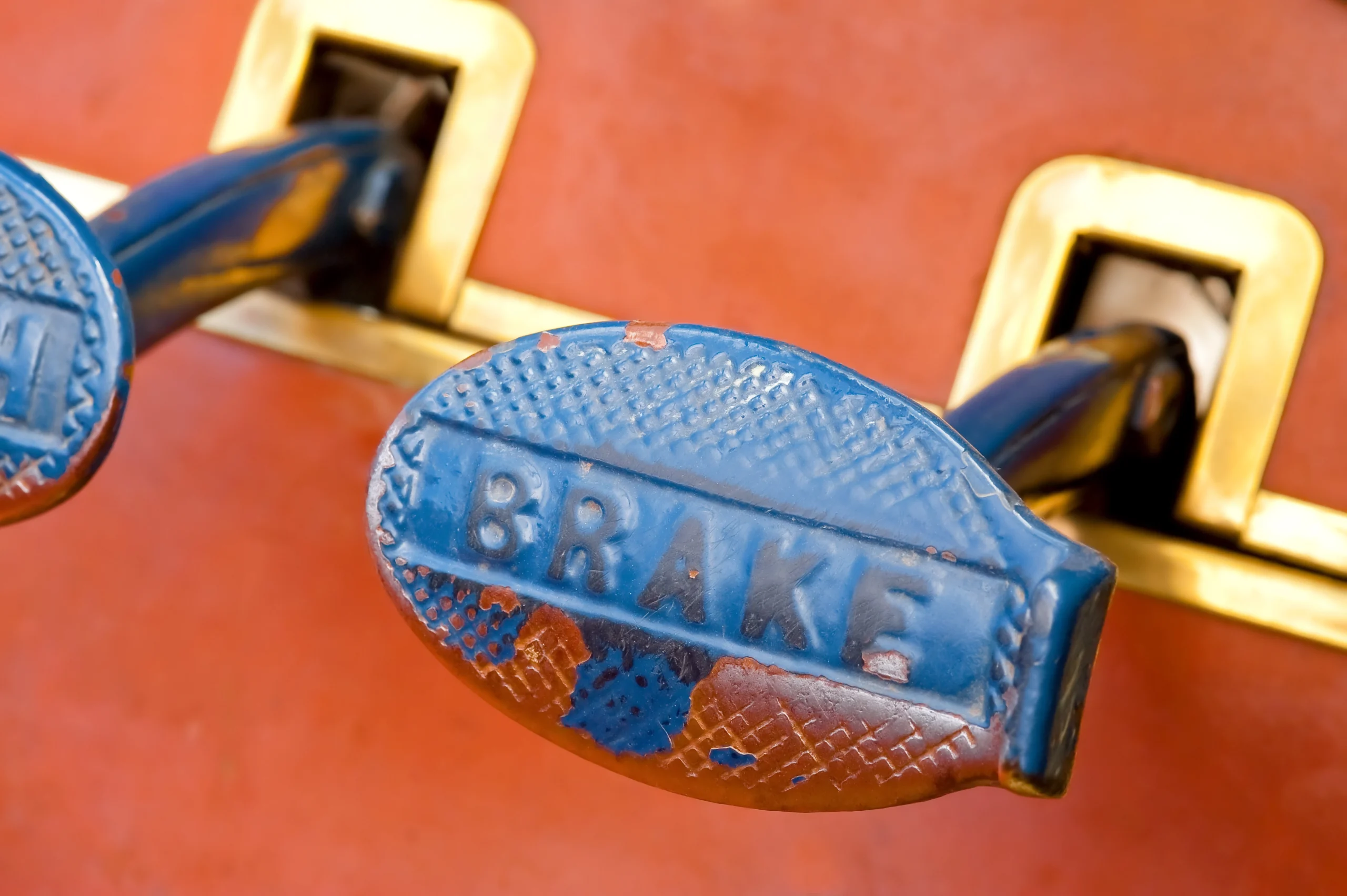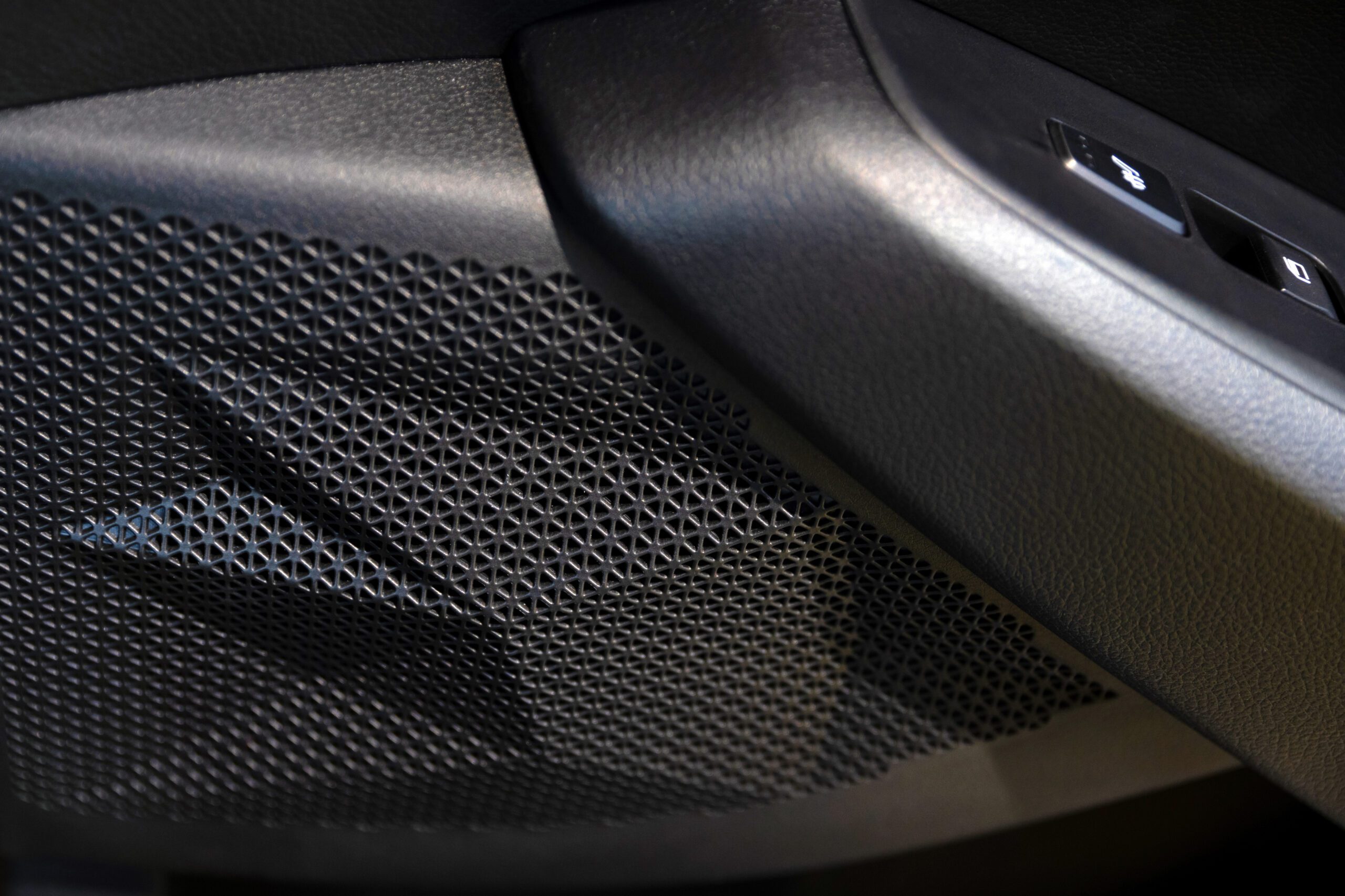The car brakes going out is a well-established movie trope and, when depicted on screen, it evokes terror in the heart of whoever is behind the wheel. Careening down the freeway and not being able to come to a stop is a terrifying thought, but thankfully if you’re ever in a situation where your brakes suddenly stopped working, there will most likely be a safe way for you to bring the car to a stop without anyone getting hurt. If your brakes malfunction there will be some kind of warning sign that allows you to address the problem while they are still operational. With some simple maintenance and attention to early warning signs, you will most likely be able to get through your entire driving career without a runaway car.

What To Do If Your Brakes Go Out
When confronted with a frightening scenario like brake failure while driving, maintaining one’s presence of mind is paramount. You will most likely never find yourself in this situation, but if you do, it’s essential not to give in to panic, which can make the situation more dangerous. Instead, staying calm allows for better decision-making to navigate the car to a safe stop.
In the unsettling event of brake failure, instinctively, one might want to jam the brake pedal, but that isn’t always effective. One alternative method to naturally decrease the car’s speed is by coasting or rolling uphill. Coasting allows the vehicle to decelerate gently by removing your foot from the accelerator. A delicate removal of the foot off the gas pedal, making it so that the vehicle slows down gradually, is vital. Utilize the natural resistance of uphill terrains, whenever possible, as the incline can aid in reducing the vehicle’s momentum more efficiently.

Navigating the car towards an uphill path or a gradient can be extremely helpful in slowing it down. The natural incline allows the gravitational force to act against the direction of the car, aiding in slowing it down without necessitating the brakes. In contrast, downhill paths could amplify the car’s speed, making it more challenging to bring the car to a stop without the help of brakes.
Simultaneously, signaling to other drivers around you is paramount. The use of hazard lights, or four-way flashers, is a universal distress signal. It alerts other drivers that something is wrong, urging them to maintain a safe distance and facilitating a clearer path to maneuver the car without brakes. Additionally, honking intermittently can further emphasize the urgency of the situation, ensuring that other drivers are aware and act responsively.
Communication with fellow drivers through these signals is critical. It creates awareness, which might prevent potential collisions or accidents due to the abrupt or erratic movement of the car experiencing brake failure. It is also conducive to getting help more quickly, as alerting fellow drivers can hasten the process of emergency services being informed and arriving at the scene.

Maintaining a strong focus on steering is another crucial approach. By doing so, it is possible to avoid obstacles, navigate turns, and make sure that the vehicle remains on a path that is productive to bringing it to a halt. The combination of precise steering and the effective use of natural terrains, like uphill paths, can collaboratively facilitate a safer management of the dire situation.
Once the car has come to a complete stop, getting it off the roadway is necessary to prevent any subsequent collisions. From this point, calling for emergency roadside assistance is the best course of action, as professional help will be required to address the brake failure before the car can be driven again.
Remember, these steps require rapid yet calm execution to navigate the vehicle safely during brake failure. Adaptability to the changing traffic and road conditions, while keeping in mind the principles of natural deceleration and clear communication, will be the key to managing the situation with greater safety and efficacy.
Signs Your Brakes Need Attention
Recognizing the signs of potential brake malfunction early is essential for driving safely. By simply heeding some common warning signs and taking your car to get serviced when they crop up, you will almost certainly be able to avoid the situation. Brakes generally don’t just “go out” suddenly like in movies and TV. Rather, the deterioration of the braking system is usually a gradual process that you can catch onto well before you’re in a dangerous situation. One evident sign of brake problems is when you hear a high-pitched squealing noise while braking. This sound typically indicates that the brake pads are worn out and in need of replacement. Another noise to be aware of is a grinding sound, as this could mean that your brake pads are completely worn away, causing metal to grind against metal, which can cause further damage.
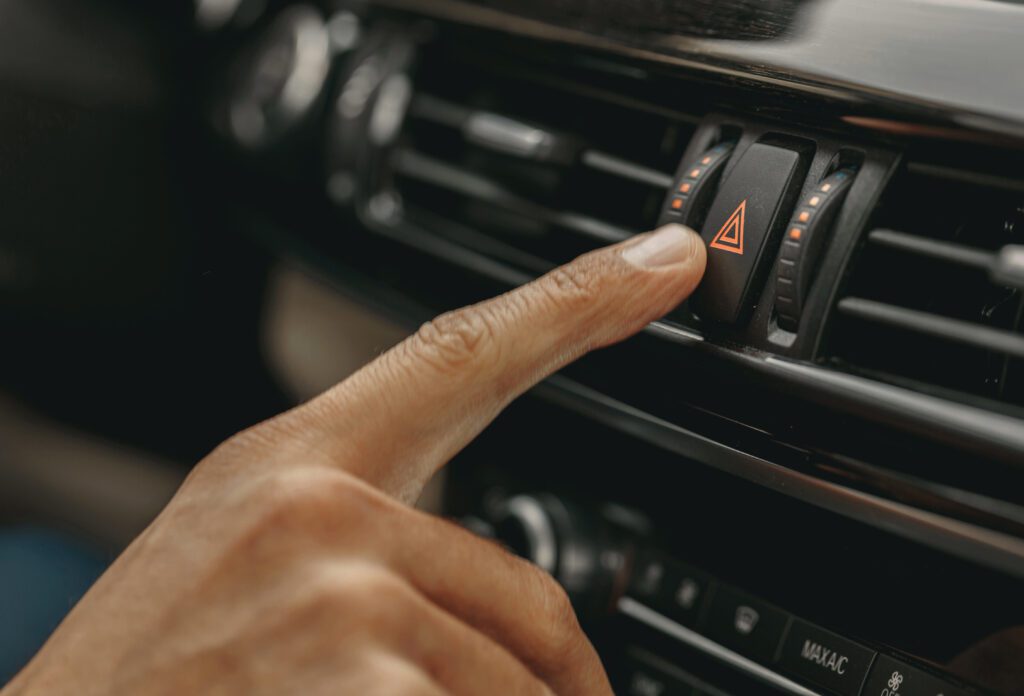
Brake fluid levels are also an important aspect of brake functionality. If the brake pedal feels soft or spongy when pressed, it could indicate that the brake fluid is low or there might be air in the brake lines. A brake warning light illuminating on your dashboard is a direct indication of potential issues, possibly related to low brake fluid or other brake-related problems.
Leaking brake fluid is a serious concern and a clear sign of malfunction. You might notice a small puddle of fluid where your car has been parked, or you might detect a sharp, chemical odor after some hard braking. Both are strong indicators of a possible leak in the brake fluid lines.
The responsiveness of the brake pedal can also indicate the health of your brakes. If the pedal goes down further than usual, it may be a sign of worn brake pads or discs, or issues with the brake fluid. Additionally, if the car pulls to one side when braking, it might suggest uneven wear of the brake pads, another warning sign that the brakes may be malfunctioning.
Vibrations or pulsations when braking could indicate warped rotors or that your vehicle is out of alignment. Finally, a general rule is always to be attentive to any changes in the car’s performance while braking. Unusual noises, feelings, or responses should be checked by a professional to ensure that the braking system is functioning safely and effectively.
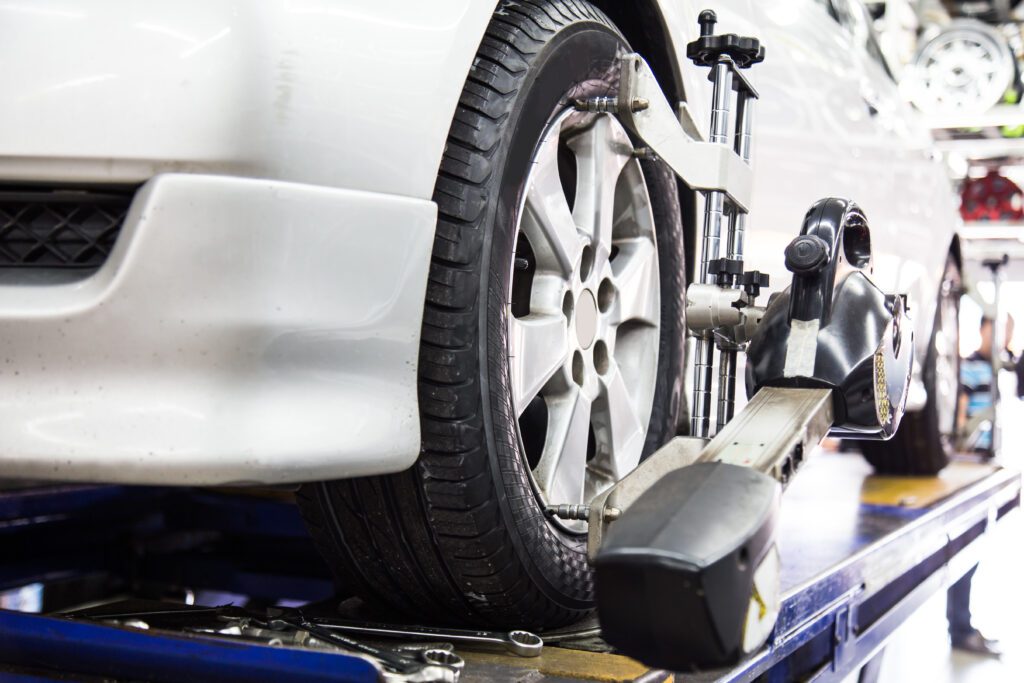
How To Prevent Your Brakes From Going Out
Taking care of your car’s brakes is fundamental for your safety on the road. Regular maintenance is key to sustaining a braking system that operates effectively. First, make it a habit to have your brakes inspected by a professional during your routine car maintenance services, such as oil changes and tire rotations. They can identify and fix any issues before they escalate into more significant, potentially dangerous problems.
Brake fluid plays a crucial role in your braking system. Ensure it is kept at the proper level and replaced at intervals recommended by the vehicle manufacturer. Keeping an eye on the brake fluid level helps in maintaining the brakes’ responsiveness and efficiency.
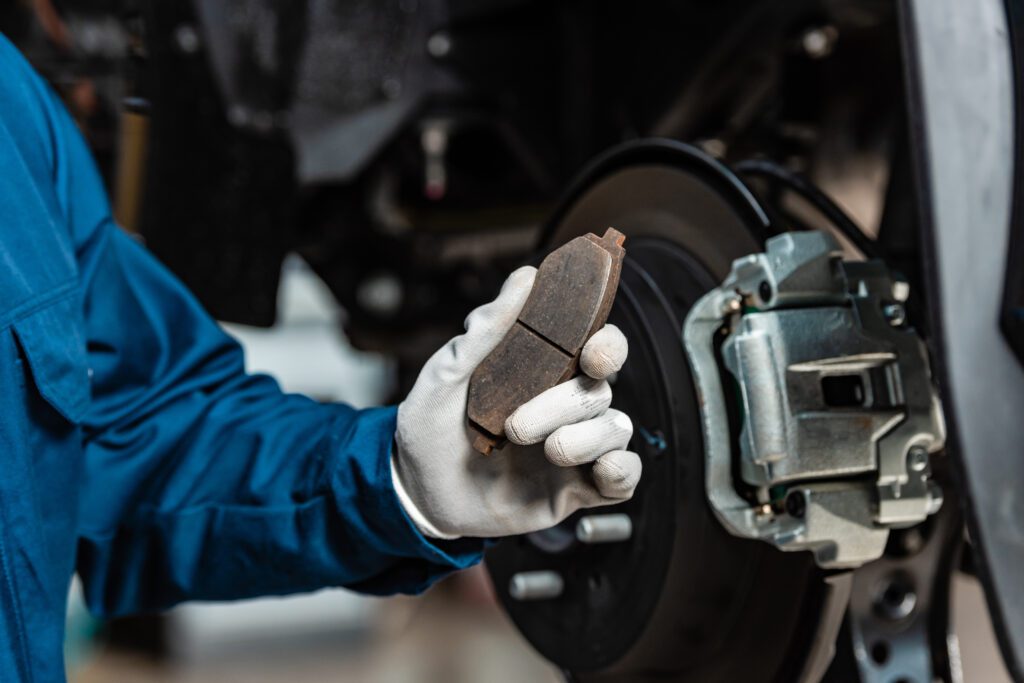
The brake pads and discs (or rotors) are components that wear down over time due to frequent friction and heat. Using high-quality brake pads can improve the longevity and reliability of your brakes. Be mindful of any unusual noises, such as squeaking or grinding, when you brake, as these may be signs that the brake pads or discs need replacing.
Driving habits also impact the lifespan of your brakes. Try to avoid slamming on the brakes and practice gentle, gradual braking whenever possible. This approach not only helps in preserving the brake pads and discs but also enhances overall road safety.
When you’re driving down steep hills, it’s advisable not to overuse the brakes to control the speed. Instead, downshifting, in which you shift into a lower gear, can be a more effective way to manage your speed without overburdening the braking system. Making sure that your car’s tires are in good condition and properly inflated also enhances the effectiveness of your brakes.

Ultimately, being proactive in brake maintenance, choosing quality brake components, and adopting brake-friendly driving habits are integral strategies to prevent brake failure or problems, ensuring a safer driving experience.
